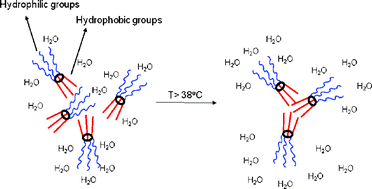The investigation of structural and thermosensitive properties of new phosphazene derivatives bearing glycol and amino acid
Abstract
In this study,

* Corresponding authors
a
Department of Chemistry, Gebze Institute of Technology, PB.141, Gebze, Kocaeli, Turkey
E-mail:
aylin@gyte.edu.tr
Fax: +90 262 6053101
Tel: +90 262 6053129
In this study,

 Please wait while we load your content...
Something went wrong. Try again?
Please wait while we load your content...
Something went wrong. Try again?
A. Uslu and Ş. Güvenaltın, Dalton Trans., 2010, 39, 10685 DOI: 10.1039/C0DT00818D
To request permission to reproduce material from this article, please go to the Copyright Clearance Center request page.
If you are an author contributing to an RSC publication, you do not need to request permission provided correct acknowledgement is given.
If you are the author of this article, you do not need to request permission to reproduce figures and diagrams provided correct acknowledgement is given. If you want to reproduce the whole article in a third-party publication (excluding your thesis/dissertation for which permission is not required) please go to the Copyright Clearance Center request page.
Read more about how to correctly acknowledge RSC content.
 Fetching data from CrossRef.
Fetching data from CrossRef.
This may take some time to load.
Loading related content
